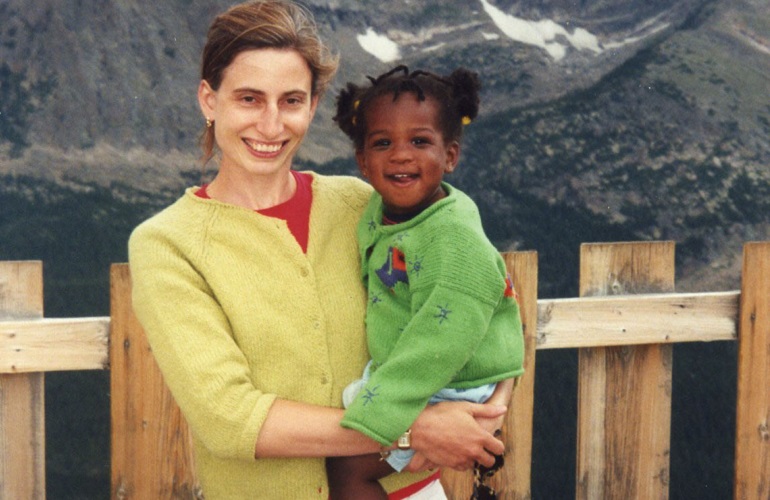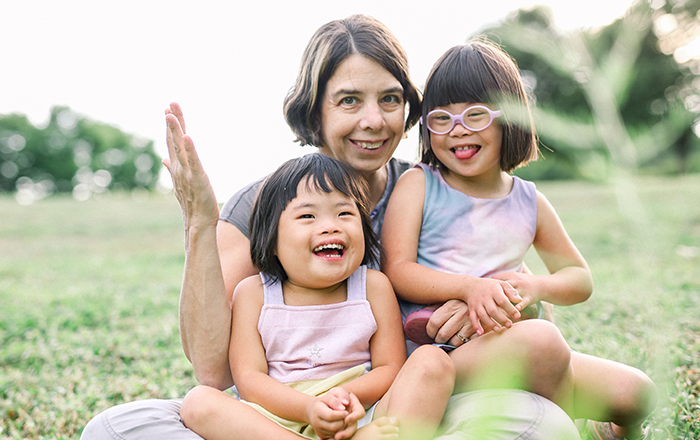My family of five—me, my husband, our two teenage biological children, and our daughter, Lily, age seven, whom we adopted from the U.S. foster care system—lives in Brooklyn, New York. Brooklyn is as diverse a community as one can find. Still, one night as I walked home from work with a colleague and fellow adoptive parent, she commented that she could not have adopted a black child because living with racism would be too hard. It seemed harsh at first, but, in fact, racism is part of my family’s daily life. Like all mixed race families in America, we face stereotyping as a matter of course.
Whether the stereotyping is positive (as when a friends parent noted that Lily “had music in her blood”) or negative (when another parent mentioned that Lily didn’t “seem to have any problems”), it is all racism. Observers are making judgments about abilities based upon a child’s race.
So how can parents protect their black children from such attitudes and grow a healthy identity? Here’s what I’ve learned from experts—and how I’ve put their ideas into practice:
Believe in your right and ability to parent your child. Numerous studies have shown that black children raised by white parents generally grow up to be healthy, well-adjusted adults. Don’t worry that your child is being “cheated” or that you are inadequate. Your job is to love your child.
Celebrate black hair styles, dress, and culture. Buy magazines read by African-Americans, read books by black writers, and, as a family, go to events where black artists and musicians are featured.
Fill your home with African-American music, art, books, and toys. One year, my daughter received a cute black baby doll for Christmas. I’d read that children absorb subtle messages that the dominant white culture is superior. So, when Lily and I played with her dolls, I’d say (truthfully), “This one is my favorite. He is so cute. He looks like a real baby.”
Expand your social circle. African-American children need friends who look like them—and they need to see their parents with black friends, too. If you can, live around people of color, send your child to schools that are racially diverse, or, if you are religious, attend an integrated church.
Expose your child to black role models. I turn on the TV when Venus or Serena Williams plays tennis, and I call attention to newspaper articles about accomplished black people. On an everyday level, our daughter has black teachers at her school; and we enroll her in outside activities in which the instructors are black.
Put your child in the majority. Choosing a vacation spot is a way to accomplish this. We learned this one year, on a trip to a Southern town, when Lily said, “I am the only black person in this whole restaurant.” I promised her that the next place we vacationed would be predominantly black. When we went to a black town, the next year, she said, “Do you think that people think I am from here?”
Being part of a mixed race family has enriched every one of us. And as Lily changes and grows, we’ll be opening up—and growing—alongside her.



